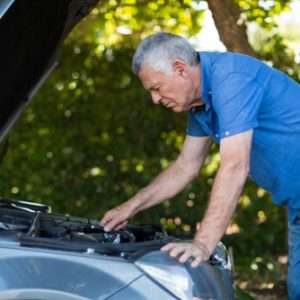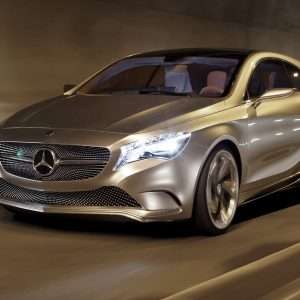The Boxer Engine: A BMW Staple
The BMW boxer engine, also known as a flat-twin engine, is a distinctive feature of many BMW motorcycles and, historically, some cars. It’s characterized by its horizontally opposed cylinders, which provide excellent balance and a low center of gravity. This configuration contributes to the vehicle’s handling and stability. It is a very important engine for BMW.
The engine’s design offers several advantages. It is compact. It provides good cooling. It also has a unique sound. These factors have made it a favorite among enthusiasts.
Key Advantages of the Boxer Engine
The boxer engine offers several benefits that contribute to the overall driving experience:
- Low Center of Gravity: Improves handling and stability, especially in corners.
- Excellent Balance: Reduces vibrations and provides a smoother ride.
- Unique Sound: A distinctive exhaust note that is instantly recognizable.
- Compact Design: Allows for efficient packaging within the vehicle.
These advantages have made the boxer engine a popular choice for performance-oriented vehicles. It is a very good engine.
BMW Cars with Boxer Engines
While primarily known for its use in motorcycles, BMW did produce cars with boxer engines. These models are now considered classics and are highly sought after by collectors.
Historically, the BMW 700 was a notable example. It featured a rear-mounted, air-cooled boxer engine. This car played a crucial role in saving BMW from financial difficulties in the late 1950s and early 1960s.
Notable Models:
- BMW 700
- Other early BMW models (though less common)
FAQ: BMW Boxer Engine
What makes the boxer engine unique?
The boxer engine’s horizontally opposed cylinders provide a low center of gravity, excellent balance, and a distinctive sound. It’s a design that prioritizes performance and handling.
Are boxer engines only used in BMW motorcycles?
No, BMW also used boxer engines in some of its cars, most notably the BMW 700. While more common in motorcycles, the engine has a history in BMW automobiles as well.
What are the disadvantages of a boxer engine?
Boxer engines can be more complex to manufacture and service compared to inline engines. They also require more space horizontally. However, the benefits often outweigh these drawbacks.
The Future of the Boxer Engine at BMW
While BMW’s current car lineup doesn’t feature boxer engines, the company continues to refine and innovate with this design in their motorcycle division. The engine remains a core part of BMW Motorrad’s identity. It is a very important part of their history.
There’s always the possibility of a future revival in cars, perhaps in a niche or heritage model. The unique characteristics of the boxer engine could appeal to enthusiasts seeking a distinctive driving experience. It is something to consider.
Tip: Keep an eye on BMW’s concept vehicles and future technology announcements. They often hint at potential directions for engine development.
Maintaining a Classic BMW Boxer Engine Car
Owning a classic BMW with a boxer engine requires specialized knowledge and care. Finding qualified mechanics familiar with these engines is crucial for proper maintenance and repairs. It is very important to find the right mechanic.
Key Maintenance Considerations:
- Regular Oil Changes: Essential for keeping the engine running smoothly.
- Valve Adjustments: Boxer engines often require periodic valve adjustments.
- Carburetor Tuning (for older models): Ensuring proper fuel-air mixture.
- Cooling System Maintenance (for air-cooled models): Preventing overheating.
Proper maintenance will ensure the longevity and reliability of your classic BMW. It is a worthwhile investment.




